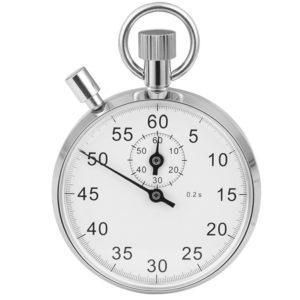Doing business in Japan has a unique set of rules and can be challenging. Because of this, it is important to know some key points before you go that will help you in all your encounters with Japanese professionals. There are many rules of Japanese business etiquette, but five must-do’s are: Be on time, Dress appropriately, Bring business cards and handle them properly, Use visual aids, and Understand that the Japanese business process often proceeds slowly.
Punctuality
Being on time in Japan is not only good business, it’s considered proper. Being late is considered rude and would reflect poorly on you and your company. It’s a good idea to plan to arrive to your destination about 15-20 minutes early. If you discover you will be unavoidably late, call the company and let them know. Apologize, briefly let them know what happened, and give them an expected time of arrival.

Dress Code
The world of Japanese business is very conservative overall. As such, in all but the most unusual cases, your dress should also be formal and conservative. Suit and tie for men and business suit for women (pants or skirt are fine). Dark colors are best. Essentially, dress for a job interview.

Men should avoid the black suit, white shirt, black tie combo as that is funeral attire in Japan. For women, if skirts are worn, they should be to the knee at a minimum. Shirts should not be low cut. Hair should be worn conservatively.

Business Cards
Business cards, known as meishi, are absolutely crucial in Japan. Don’t arrive to any meeting without them. You will need a stack of cards, as each person at the meeting will expect to receive one. When you hand them the card, do so with both hands if possible (unless they are handing you theirs at the same time or shaking your hand, in which case, use one hand for each task) and bow slightly. Make sure your card is facing the recipient so the writing is legible to them (making it upside down for you).
Each person at the meeting will also hand you their business card. Take each one – with both hands if possible – and look at it. Place the business cards on the table where you can see them and only put them away once the meeting is over. The cards can actually help you keep track of who is who at the meeting (the most senior person’s card goes at the top)!

Never put meishi in your pocket, write on them, or treat them casually as it would be considered very rude (which means having a business card organizer with you is a great idea!).

Visual Aids
Japan loves visual aids. It’s just part of their culture. If you tune into the national news, you will see anchors and weather people using visual aids, such as poster board, with charts, graphs and illustrations. As such, using these tools will help convey your point, even where a language barrier may be present. The visual aids should be neatly and professionally done. Electronic data visualization works well for more tech-based companies.

Japanese Business Deals Take Time
Westerners doing business in Japan often complain that Japanese businesses take a long time to reach a decision or deal. Often, multiple meetings will be needed and may require multiple trips. This is completely normal. In most cases, don’t expect a decision (or even a lot of feedback) on your first visit unless the relationship between your companies is well-established.

For useful apps to help you navigate or translate while you’re traveling, check out The Best Apps for Travel in Japan
![]()
Check Us Out!
- Facebook: @japanalytic
- Instagram: #japanalytic

